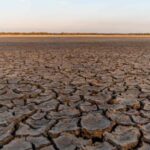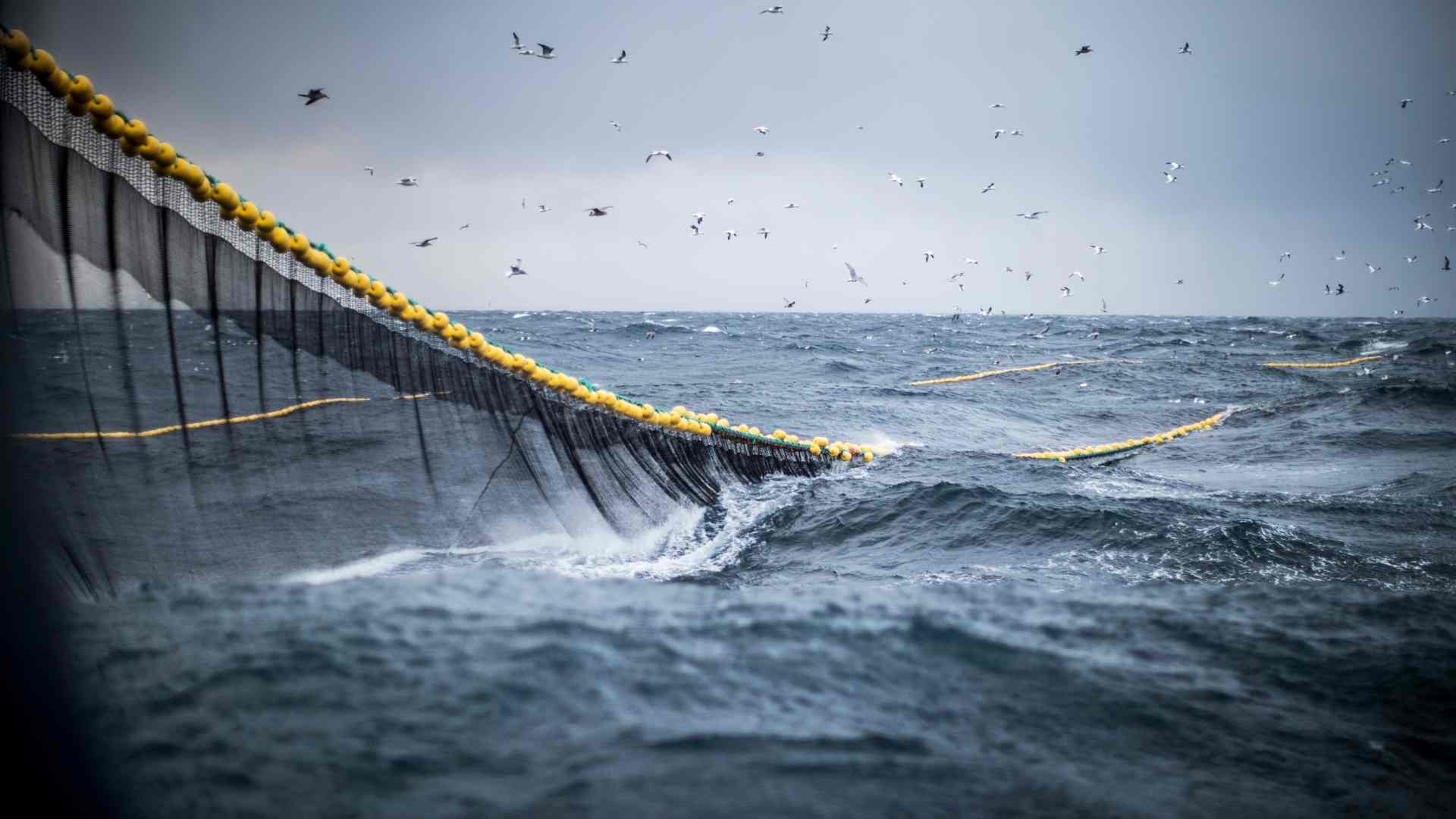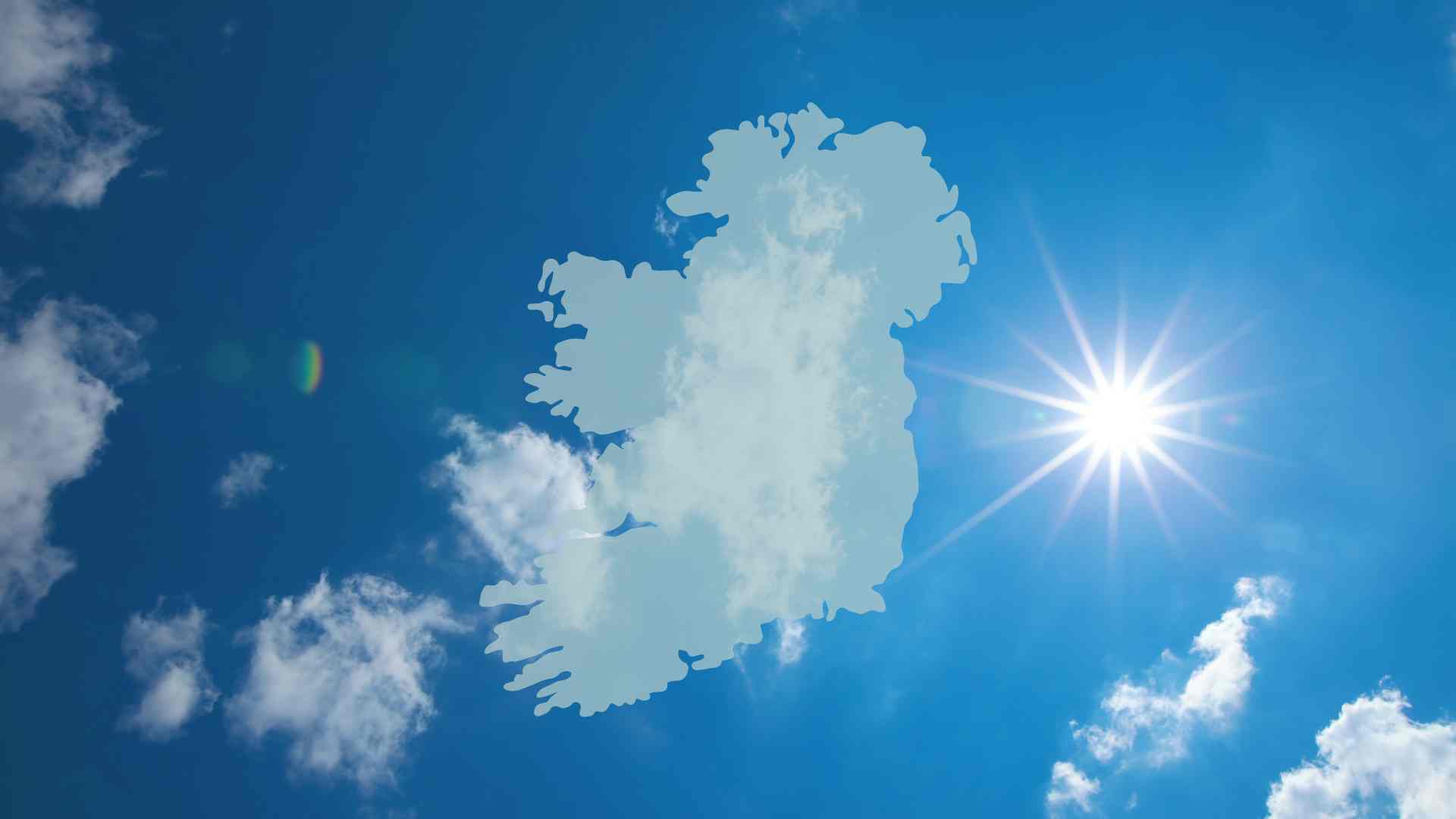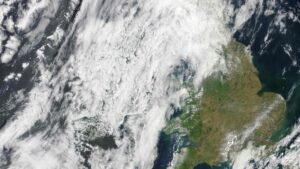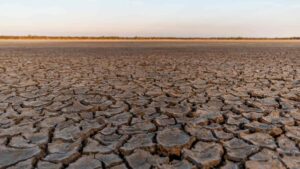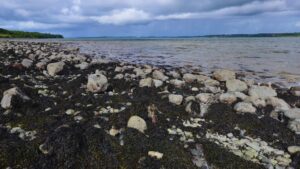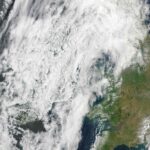
Northern Hemisphere Faces Unprecedented Groundwater Loss
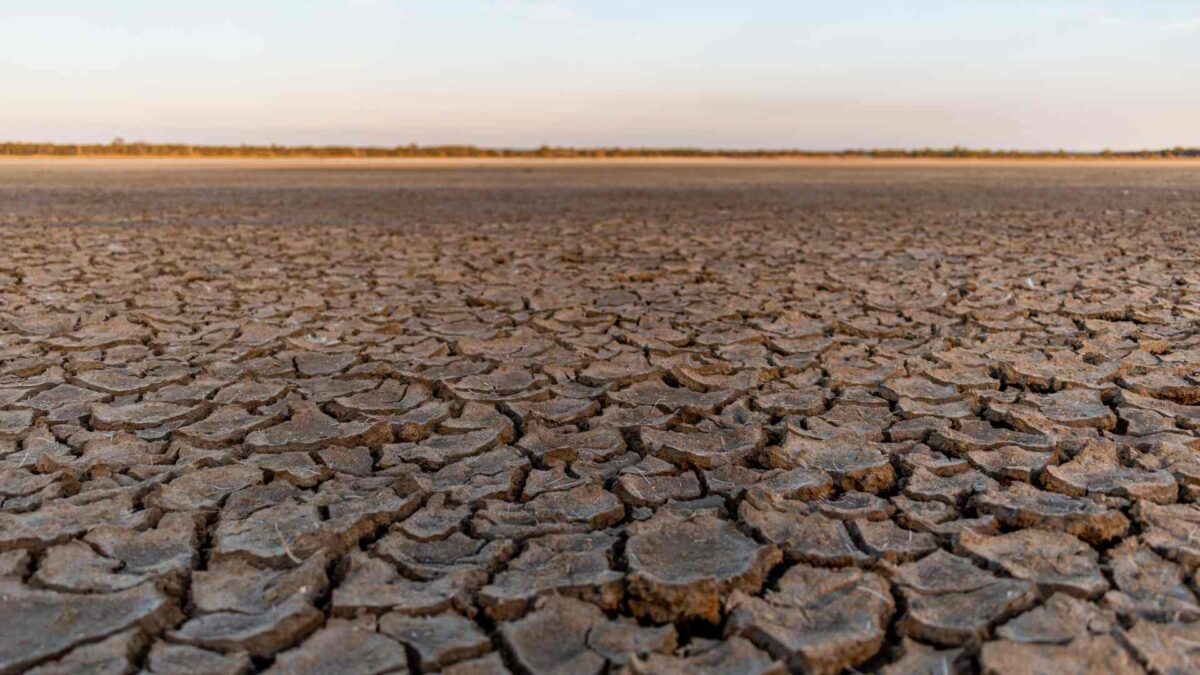
New satellite research shows that the Earth’s land masses are experiencing unprecedented freshwater loss, with large-scale drying now affecting four vast regions across the northern hemisphere.
The findings, based on over 22 years of data from NASA’s GRACE and GRACE-FO missions, were published in Science Advances by researchers at Arizona State University.
The study identifies four “mega-drying” zones—Southwestern North and Central America, Alaska and Northern Canada, Northern Russia, and the Middle East–North Africa–Pan-Eurasia region. These areas, which include major food-producing zones and large urban populations, are losing freshwater rapidly, mainly due to long-term overuse of groundwater and increasingly severe droughts.
Since 2002, global land areas losing water have expanded at a rate roughly double the size of California each year. Critically, the rate of drying now outpaces wetting in traditionally wetter areas, reversing long-term hydrological patterns.
The data shows that 68% of terrestrial freshwater loss came from groundwater alone—contributing more to sea level rise than the Greenland and Antarctic ice sheets combined. This highlights groundwater depletion as a major driver of both water scarcity and rising seas.
The drying trend appears to have accelerated after a 2014–2015 tipping point, coinciding with strong El Niño conditions. Since then, several previously separate regional drought “hotspots” have merged into vast continental-scale drying zones. In contrast, the only region showing consistent wetting trends is the tropics.
Soil moisture losses have been most severe in mid-latitude regions, particularly Europe, western North America, and northern Asia. In places like Canada and Russia, snow and permafrost melt have added to freshwater loss. Meanwhile, large urban areas and irrigated farmland continue to draw heavily from non-renewable aquifers.
The report notes that 75% of the global population lives in countries that have lost freshwater over the past two decades. With global population projected to continue rising for the next 50–60 years, this loss of accessible water poses increasing risks to agriculture, water supply, and food security.
Researchers stress the urgency of improving water management policies, especially around groundwater. They call for international cooperation and long-term monitoring to slow depletion and protect remaining freshwater reserves. The findings will also inform an upcoming World Bank report on the human and economic impacts of global drying trends.
The study was conducted by a global team of scientists from institutions including Arizona State University, NASA’s Jet Propulsion Laboratory, King Abdullah University of Science and Technology, and the World Bank
Share this WeathÉire story:




